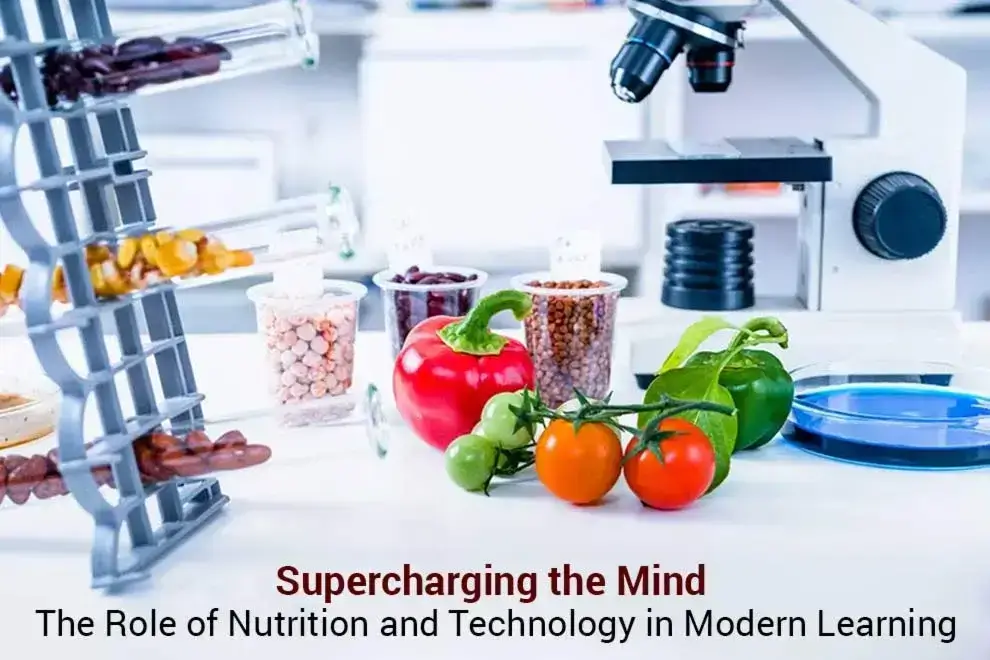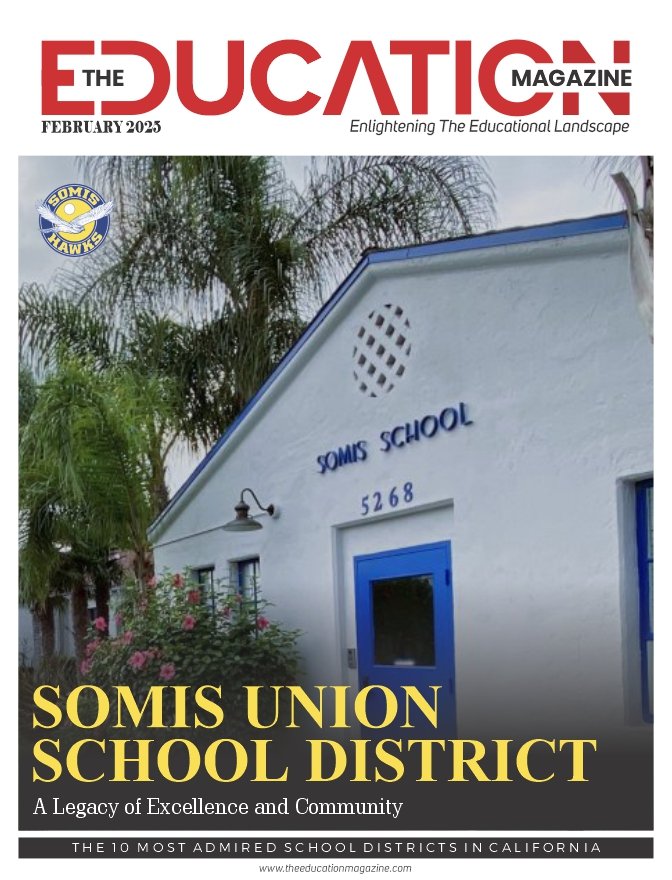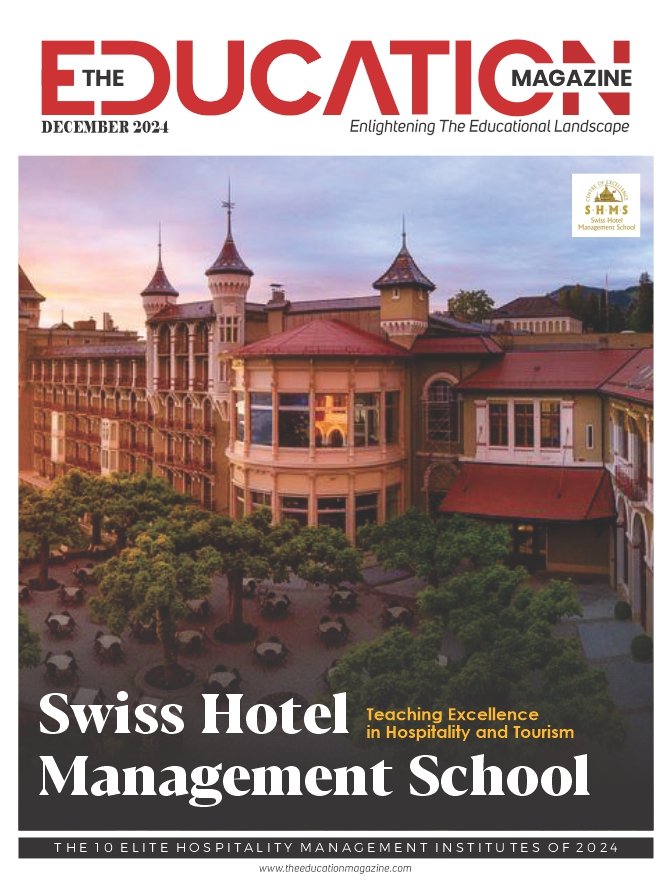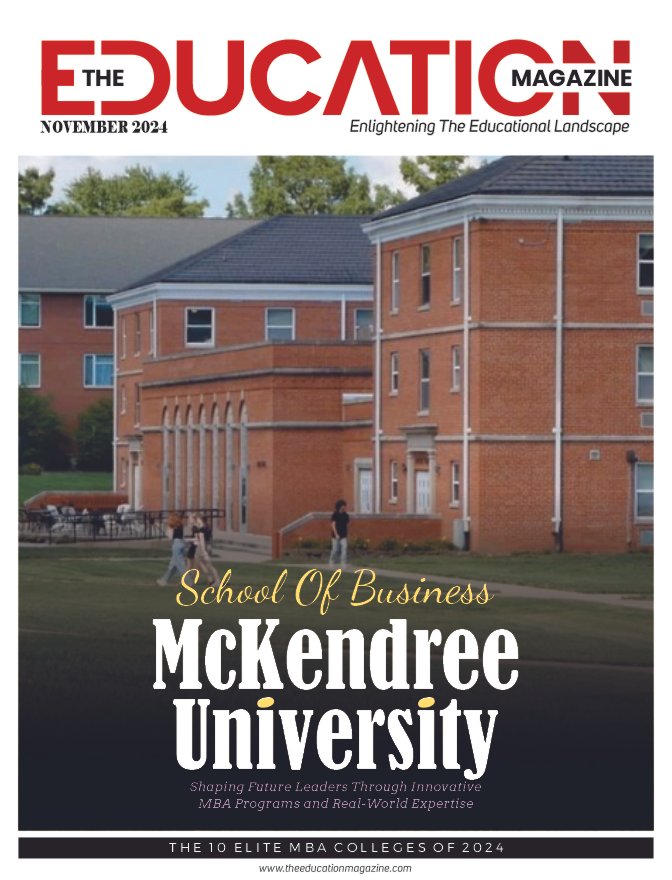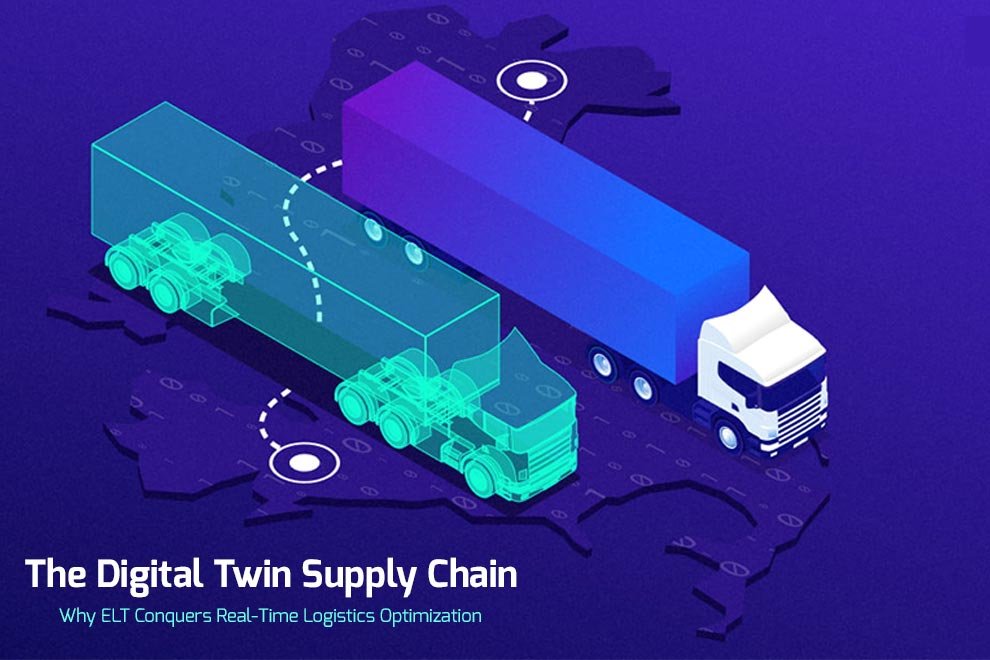In an ever-evolving educational landscape, the traditional learning methods are no longer sufficient. Today, students face unique challenges that require them to engage both their minds and bodies in ways that go beyond textbooks and lectures. Integrating digital tools and the right nutritional habits has become essential for optimizing brain function and promoting cognitive growth. To enhance mental agility, retain focus, and nurture creativity, learners need more than just mental exercises—they need holistic approaches that include proper nutrition and technology.
In this article, we’ll explore how the right balance of food and tech can support cognitive development and academic success, drawing connections between natural and digital methods that foster better learning outcomes.
The Brain-Boosting Power of Nutrition
Nutrition is often overlooked as a vital component of learning, but what we eat directly impacts how well our brain performs. Certain foods enhance memory, focus, and overall cognitive function, making them critical for students who need to stay sharp and engaged.
One standout nutrient for brain health is the healthy fat found in avocados. Rich in monounsaturated fats, essential for maintaining healthy blood flow, avocados support brain functions such as memory retention and concentration. The brain relies heavily on fats for proper functioning, and incorporating foods high in good fats can help enhance cognitive abilities. Research has shown that the nutritional value of avocado aids in brain functions and is a key factor in maintaining long-term mental clarity.
Other brain-boosting foods include blueberries, nuts, and dark chocolate, all of which are high in antioxidants and flavonoids that help protect the brain from oxidative stress. Students who want to perform at their best should focus on including these foods in their daily diets. As schools increasingly emphasize well-rounded education, making nutritional health a part of the conversation is essential for ensuring that students are set up for long-term success.
Gamifying Learning: Digital Tools for Cognitive Development
While nutrition nourishes the body and mind, digital tools, specifically educational gaming, are revolutionizing the way students engage with complex subjects. The process of gamification—the integration of game design elements into non-game contexts—has proven to be an effective strategy in improving tech literacy, problem-solving skills, and digital fluency. Games engage multiple areas of the brain, stimulating creativity and encouraging critical thinking in ways that traditional teaching methods may not always accomplish.
Educational games create immersive environments where students can practice digital literacy in real time. Whether it’s coding-based games that teach programming skills or puzzles that promote strategic thinking, gaming can teach digital literacy skills in a way that feels intuitive and fun for students. The interactive nature of games keeps students engaged, making learning more enjoyable and increasing retention of complex concepts.
Moreover, gamified learning helps break down barriers to tech education. For example, students who may have limited access to formal tech education can still learn vital digital skills through game-based platforms, leveling the playing field for those in underserved communities. The rise of edtech, powered by gamification, allows for an inclusive approach to tech literacy that benefits all learners, no matter their background or learning style.
Why Combining Nutrition and Digital Tools Makes Sense
Nutrition and digital tools may seem like separate educational entities, but when combined, they form a powerful duo that optimizes learning potential. Proper nutrition fuels the brain, while digital tools like educational games keep students engaged and stimulate cognitive development. Together, they create a learning environment that encourages both physical and mental well-being.
Think of the brain as an engine: it requires the right fuel to run smoothly, and it also needs stimulation to keep from becoming idle. Nutritional choices like avocados and blueberries provide that essential fuel, helping to maintain energy levels and prevent mental fatigue during long study sessions. On the other hand, gamified learning platforms offer the mental stimulation that challenges the brain and encourages it to grow in new ways.
For students, this means better focus, improved memory, and increased problem—solving adaptability—all skills crucial not just in academic settings but in everyday life. Schools and educators can take advantage of this holistic approach by encouraging healthy eating habits and using gamified learning tools, fostering well-rounded cognitive development.
Practical Tips for Incorporating Nutrition and Technology into Learning
While understanding the importance of nutrition and technology is essential, it’s equally important to find ways to incorporate these elements into daily routines. Below are some actionable tips that can help students and educators alike make the most of these brain-boosting methods:
Start the Day with a Brain-Boosting Breakfast
Encourage students to eat a balanced breakfast that includes healthy fats, such as those found in avocados, to ensure they are mentally prepared for the day ahead. Pairing this with whole grains and protein can provide sustained energy and mental clarity throughout the day.
Incorporate Gamified Learning into Study Sessions
Introduce educational games that focus on problem-solving, logic, or digital literacy during study periods. These games can serve as a fun break from traditional study methods while also reinforcing key learning skills.
Snack Smart During Study Breaks
Instead of reaching for sugary snacks that can cause energy crashes, opt for brain-healthy snacks like nuts, seeds, and fruit. These foods are packed with antioxidants and healthy fats, which support concentration and memory.
Create a Balanced Learning Schedule
Balance screen time with physical activities to ensure students are mentally and physically active. Studies have shown that movement can help improve focus and mental agility, so integrating short exercise breaks can enhance the effectiveness of digital learning tools.
Bridging the Gap Between Physical and Mental Health
As the world becomes increasingly digitized, the need to integrate both physical and mental health strategies into education has never been more critical. By combining the power of nutrition with the benefits of digital learning, students can develop cognitive resilience, improve their digital literacy, and prepare themselves for the challenges of the modern world.
Learning is not just about memorizing facts or passing tests; it’s about creating well-rounded individuals who are equipped with the tools to think critically, solve problems, and adapt to new situations. When we supercharge the mind through proper nutrition and innovative technology, we allow students to thrive both inside and outside the classroom.
In a future where learning needs to be more dynamic than ever, combining these two seemingly different strategies—natural brain boosters and digital tools—is the key to unlocking students’ full potential.
Also Read: A Guide to Leveraging Technology to Find Health Practitioner Jobs
